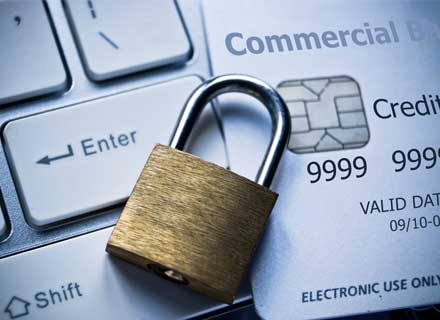Data breaches have emerged as the biggest challenges for the 21st banking and financial sector, which is aggressively increasing digital footprints. While banking through smartphone apps is becoming the new normal, the sector is also getting vulnerable against cyber-attacks, as Dell Technologies’ Data Protection Solutions, in its latest report, has seen a rise of over 50% in such cases, with leak/sale of customer databases being the common outcome of such incidents.
Phishing, ransomware and data leaks are going to be the biggest threats to banking businesses in the coming days. While the concerned stakeholders are focussing on the digital safety of paywalls currently, customers need to practice some methods on their part.
Use Private Wi-Fi For Online Banking
American non-profit body Consumer Reports recently reported about experts advising people to avoid public Wi-Fi during online banking (as it is unencrypted), since the network’s ‘Widespread Availability’ comes with hacking risks.
However, if you are using public Wi-Fi out of compulsion, take precautions like sticking with encrypted banking websites, apart from deleting your passwords from your browser after your banking activity gets over, and clearing your cookies (small blocks of data created by a web server while a user is browsing a website).
Also, consider setting up a Virtual Private Network (VPN), which will give you the opportunity to establish a protected network connection while using public Wi-Fi. VPNs will encrypt your internet traffic and disguise your online identity, thereby making it tough for threat actors to track your online activities and steal data.
Change Passwords Every Three Months
This activity will pose a challenge for hackers to steal/decode your banking data. You can take the help of a password manager for this activity. Choose longer passwords, throw a mix of upper and lowercase letters, include numbers and special characters, avoid common numerical sequences like ‘1234,’ and don’t use personal credentials like your name, pets’ names, date of birth, etc.
Also, don’t store your login details in your online banking/mobile app. Talking about password generators, ‘Google Password Manager’ is rated as ‘Very Secure’. Plus there are other top-rated password managers you can find through web research and yes, check their reviews carefully before opting for the services.
Get Two-factor Authentication
Through a two-factor authentication, the customer’s phone will be used to verify his/her identity when the person logs in.
“2FA is implemented to better protect both a user’s credentials and the resources the user can access. Two-factor authentication provides a higher level of security than authentication methods that depend on single-factor authentication (SFA), in which the user provides only one factor — typically, a password or passcode. Two-factor authentication methods rely on a user providing a password as the first factor and a second, different factor — usually either a security token or a biometric factor, such as a fingerprint or facial scan,” remarked TechTarget on the process.
Feel free to do online research or get expert help to secure your online banking data with 2FA features. Yes, it’s a time-consuming process, but a crucial one to keep you protected against the threat actors.
Be Sceptical For Your Own Good
Keep crucial data like your credit/debit card PINs, card numbers, and account numbers confidential. Don’t share them over email or any other messaging platform with anyone, not even your near ones. Keep yourself updated with the trends like threat actors impersonating banks’ customer support mechanisms, since this technique is getting more sophisticated with tools like Deepfake and AI.
If a web page looks suspicious, close your open browsers, clear your cache and restart your banking activity all over again by directly typing in your bank’s home page URL.
Check Your Account Balance Regularly
This is a good habit which comes in handy, in terms of spotting if you may have been wrongfully charged or if the money has been stolen from your account without your knowledge.
“Fraudsters constantly take advantage of bank account holders—to the tune of hundreds of millions of dollars each year. In 2022 alone, the Federal Trade Commission received reports of more than USD 407 million in financial losses stemming from fraudulent bank transfers or payments. Meanwhile, wire transfer fraud accounted for more than USD 78 million in reported losses, with debit card fraud at nearly USD 50 million and check fraud at almost USD 47 million. Reviewing your bank account each day can help you discover fraudulent activity that, if it goes unnoticed, could cause plenty of financial pain. If you do notice potential fraud, contact your bank immediately,” remarked Texas-based journalist and content marketing veteran John Egan, in his May 24, 2023 blog on financial data and analytics firm Experian, a statement which is more than self-explanatory on why frequently checking your bank balance is a good practice.


